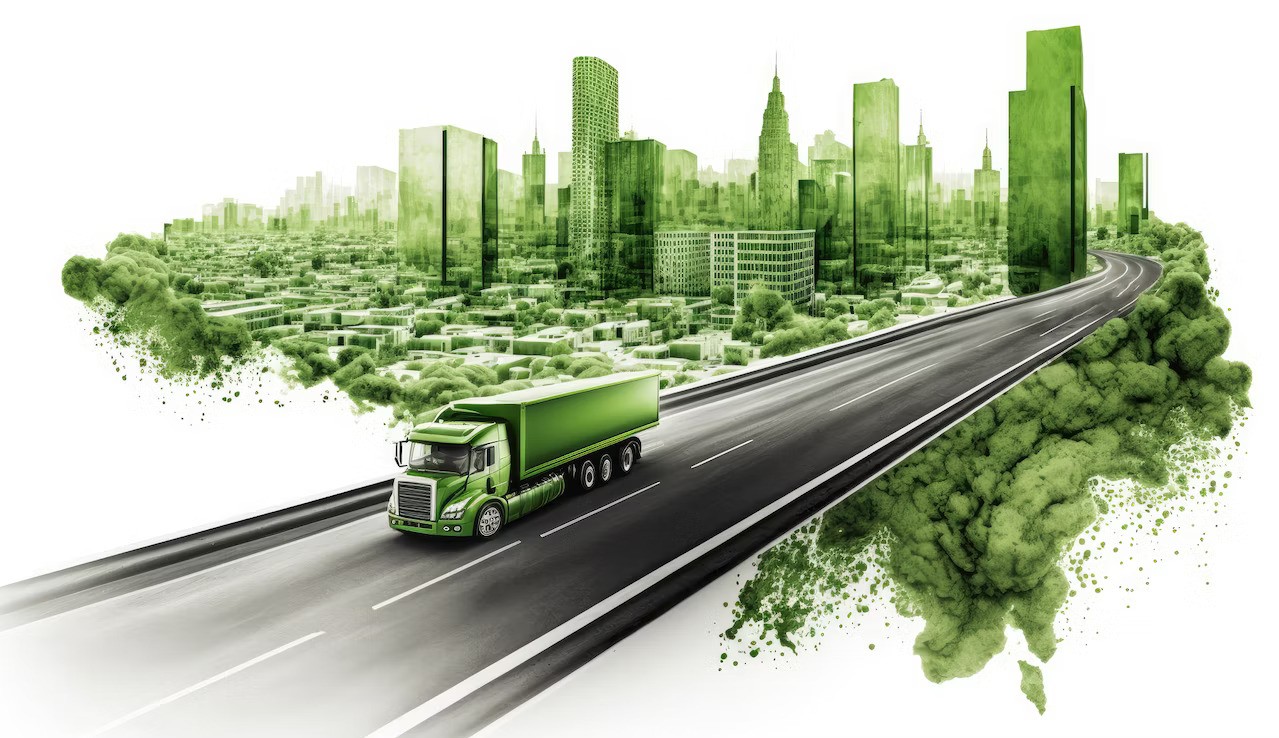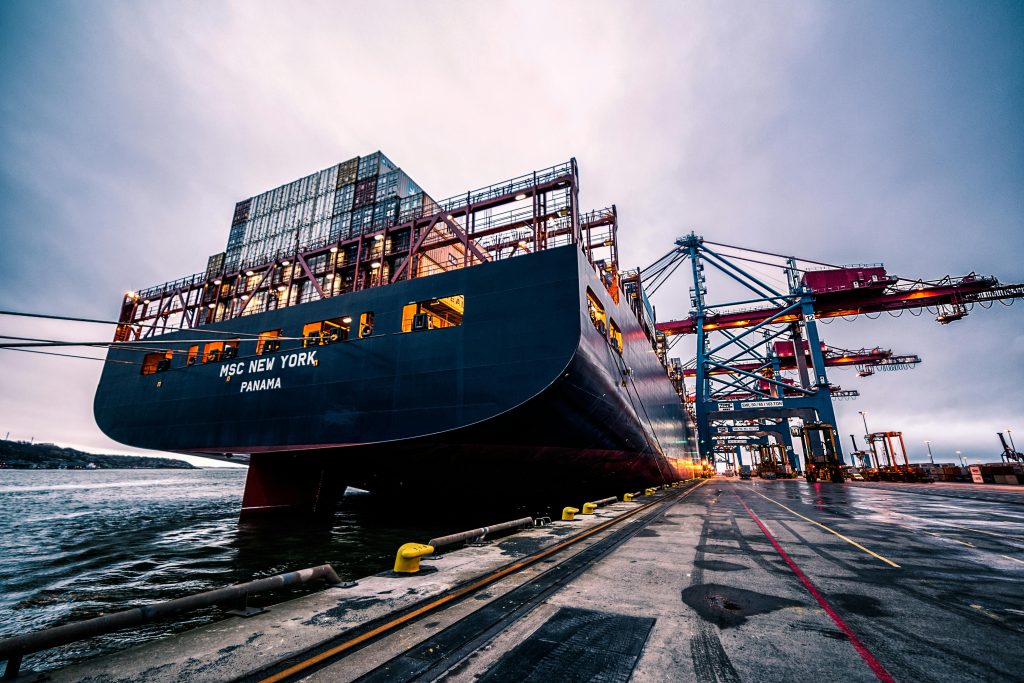How Trucking Companies can Reduce Harmful Emissions by using Technology

If you are working at a trucking company or any transportation company in the Unites States, you probably know how ‘carbon dioxide emissions’ is a very hot topic nowadays. It has even passed the electricity emissions in 2017 after a long time since 1978. These huge numbers are strongly alarming. In this regard, transportation has been considered the biggest source of carbon dioxide emissions in the United States. Every trucking company in the United States has been questioned about their carbon dioxide emissions and it is necessary to face it and take precautions before it is too late.
Most of freight shipping companies are taking initiatives to do something against carbon dioxide emissions. They are trying to reduce greenhouse gas emissions to a large extent, and they are making their businesses more environmentally friendly. Not only trucking companies, but also companies in other industries take significant actions against carbon dioxide emissions as well. An American clothing company, “Patagonia,” has committed to be carbon-free till 2025. A furniture retail company, “IKEA,” has also pledged to reduce greenhouse gas emissions by 15% till 2030.
According to the Governance and Accountability Institute, sustainability reports are now published by 85% of the companies in the S&P 500. It was just 20% until 2011. The reason is simple. Companies have started to understand that those who start to take initiatives on long-term environmental risks perform better than those companies who don’t.
Despite of all these facts, reports, matrices, and those science goals to reduce the environmental risks, some companies are still lacking any proper plan to face these huge environmental issues in the future. Especially transportation-related emissions are a big problem in today’s age. In this regard, what we need is to leverage technology to optimize and organize the moving of goods.
To reduce inefficiencies in the shipping process, software services have been developed in recent years. These services have been used to track and analyze data from load information, shippers and carriers. However, it is also important to look for a good fit between the logistics company and the software that is going to be used. If a right choice has been made, the data collected from these applications may tremendously help these companies analyze those areas that should be focused in order to reduce harmful emissions.
Reduced Dwell Time
Most of the supply chains have complex systems if we look back at their history. This is the reason that they are unable to indicate high waste and inefficient sources. The data wasn’t so comprehensive, but now time has changed with the evolution of technology and the Internet.
Most of the companies are now using software tools for a better data-driven approach. This approach might help them reduce any kind of waste during their logistics operations. For example, there is a huge opportunity to reduce dwell time for refrigerated trailers. These trailers spend a long time in the detention process (approximately 4 hours). This situation results in huge fuel waste and carbon dioxide emissions. Using a right software tool can help here to reduce the dwell time across facilities by using strategic appointment scheduling.
Traceability Improvement
Traceability is an old issue that needs to be fixed. The carbon footprint can be reduced by getting visibility into supply chain operations. If companies want a better business model, then they must make sure that their business partners are also with them to protect the environment.
Traceability is no more just limited to most fortune 500 companies. The upstream and downstream information is now being shared between companies in their supply chains. It is helping companies to communicate easily and to find a solution for their inefficiencies resulting in carbon dioxide emissions.
Empty Miles Elimination
Empty miles are also named as “deadheads.” These are one of the largest issues for transportation. The heavy-duty trucks are responsible for the emission of 57% greenhouse gases relating to logistics, such as freight shipping. These heavy trucks are running empty 40% time; that’s why they are causing waste.
The round-trip opportunities can be located by using right tools, like QuickLoad, to help trucking companies reduce their expenses and expand their business & help shipping companies get competitive rates and track where their shipments are. It is also helpful to reduce any empty backhaul miles. This strategy was not possible some years ago because companies do not have much data to use mutual lanes in order to share with other companies for the benefit of both companies.
Want to read more articles on this? 🙂 Please also check https://blog.quickload.com/2017/08/24/greener-trucking/

